Data & AI Summit 2025:
The Next Big Leap in
Data Intelligence

Anirudh Kala
Co-Founder & CEO

Anupam Gupta
President North Americas

Bala Amavasai
CTO- Industry

Luv Luhadia
Global Alliances and Partnerships

Deep Contractor
Senior Consultant and Databricks RSA, Celebal Technologies
6 min readJuly 3, 2025
AI Generated TLDR;
DAIS 2025 marked a move toward unified data intelligence, with Databricks launching tools like Free Edition (for broader access), Databricks One (for business users), Lakebase (managed Postgres for AI apps), and Lakeflow (unified data engineering). Enhanced Unity Catalog now supports Apache Iceberg and Power Platform integration. New strategies — Lakehouse Federation and Lakebridge — help eliminate data silos by querying data in place or migrating it to the Lakehouse. Finally, Celebal Technologies won two major Databricks awards for our impactful contributions.
Unpacking DAIS 2025
The dust has settled on the Databricks Data + AI Summit 2025 (DAIS 2025), and our team at Celebal Technologies is still buzzing. As a long-standing Databricks Elite Partner, we attend every year to see the future of data unfold, and this year’s vision was the clearest yet: the era of fragmented data stacks is officially over.
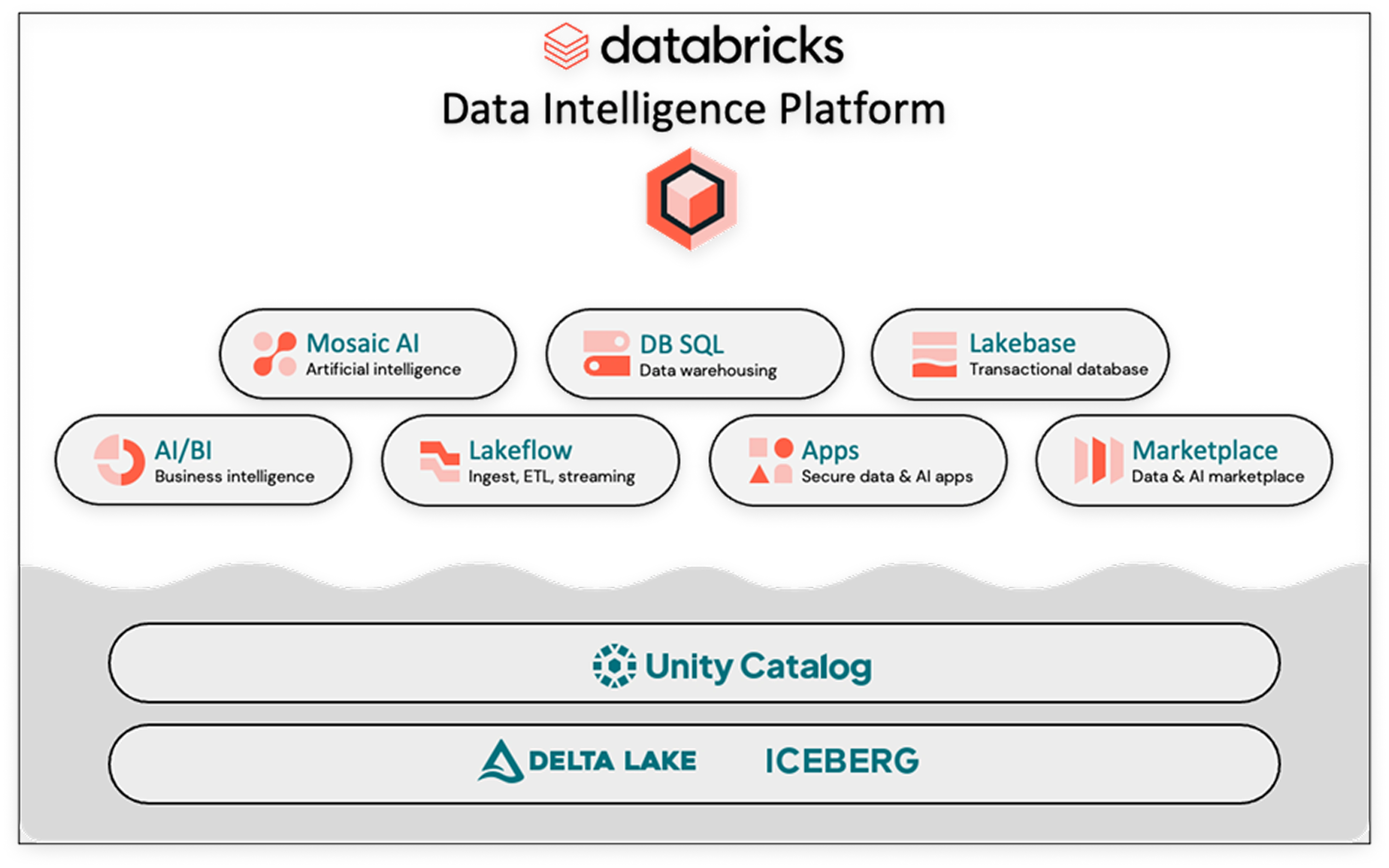
Figure 1. The Data Intelligence Platform
From our vantage point, Databricks is not just adding features anymore; they are building a single, intelligent system designed to put data and AI into the hands of everyone in every organisation. The announcements were not just a list of new products. They were puzzle pieces that locked together to form a powerful, unified platform that truly democratises data intelligence. And these puzzle pieces traverse in all directions of the cloud value chain.
So, what do these updates mean for our clients, our partners, and your business? Here is our breakdown of what matters most, for both the leaders charting the course and the practitioners building the future.
Theme 1: Lowering the Barrier to Entry for Everyone
For years, high-powered data tools have been the domain of specialists. Databricks is aggressively tearing down those walls.
• For the Next Generation: Databricks Free Edition.
This is a game-changer. Replacing the old "Community Edition," the new Free Edition provides full access to the same platform used by over 60% of the Fortune 500. For us, this is fantastic news. It means a rapidly growing talent pool will enter the workforce already fluent in the tech stack we use to build solutions for our clients.
• For the Business User: Databricks One.
Most business users don't want to write code. Databricks One is the new front door for them. A simplified, secure interface to access curated insights and AI tools without needing to understand the complex plumbing underneath. This will be available under a new "consumer access" entitlement, making it easy for organisations to roll out. We see this as a critical step in bridging the final gap between powerful data analytics and day-to-day business decisions.

Figure 2. Databricks Free Edition
Theme 2: A New Foundation for Intelligent, Operational Applications
Databricks is betting big that the future is about building data-driven applications directly on the Lakehouse. Our developers are particularly excited about these two announcements:
• Database Reimagined: Databricks Lakebase.
One of the biggest announcements at DAIS 2025 was the much anticipated Lakebase, a fully managed Postgres database. It is not just another database; it is instead an architectural shift that will support the agentic AI application base.Celebal Technologies is a proud launch partner of Lakebase. Here is what caught our eyes:
Open-Source Foundation: Built on familiar Postgres, making it instantly accessible.
Separation of Compute and Storage: This is the key to enabling independent scaling, low latency, and high concurrency for demanding applications.
Modern DevEx, Built for AI: It leverages the recently acquired Neon technology to power features like instant copy-on-write branching and autoscaling serverless compute. It leads to a massive productivity boost for development and testing.
• Next Generation Agentic Framework: Agent Bricks
Agent Bricks offers a new approach to building AI agents that automates the creation of high-performing, domain-specific agents with built-in governance and enterprise controls, enabling businesses to go from idea to production-grade AI on their own data with speed and confidence.
Automated Agent Creation: Simply declare your task in natural language and connect your data sources, and Agent Bricks will automatically build the entire AI agent system for you.
Automatic Evaluation and Optimisation: Agent Bricks automatically creates task-specific evaluation benchmarks and uses various optimisation techniques to find the best balance of cost and quality for your agent.
Synthetic Data Generation: To accelerate agent development, Agent Bricks can generate synthetic data that mirrors your own, without the need for manual labelling.
No-Code and Low-Code Interface: Provides a simple, intuitive interface for building and managing agents, making it accessible to a wider range of users, while still allowing for code-based customisation.
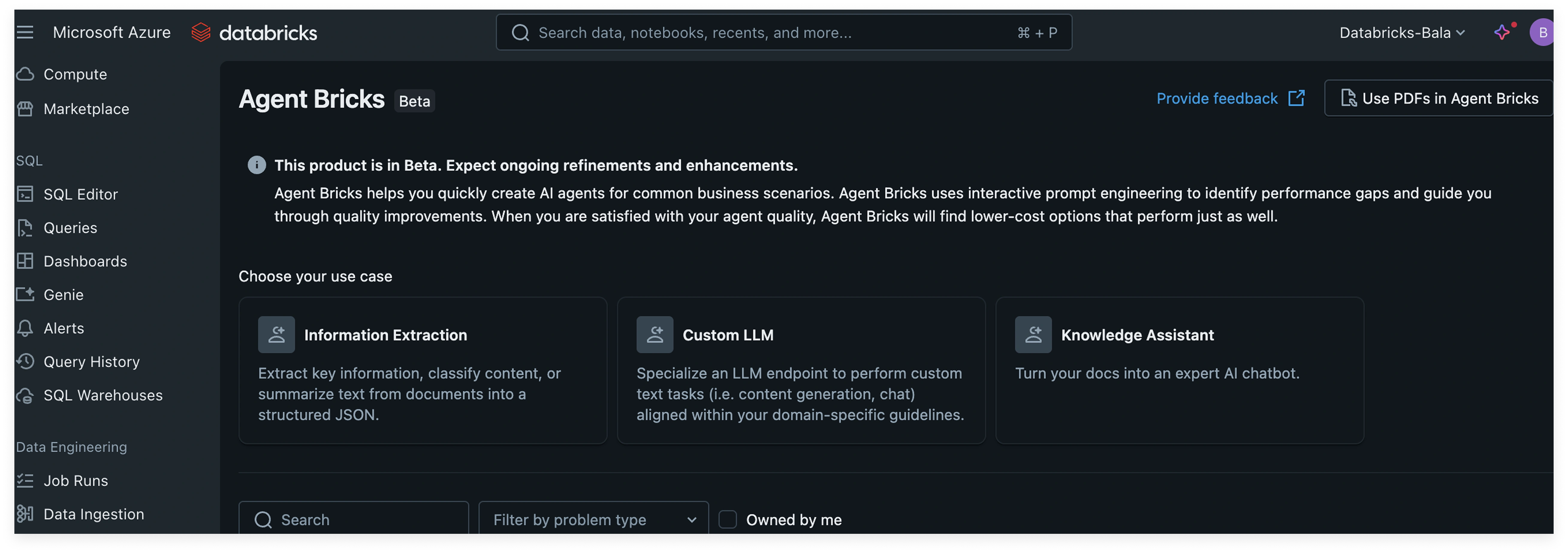
Figure 3: Agent Bricks is current in Beta within the Databricks workspace.
• Taming the Pipeline Beast: Databricks Lakeflow.
Now in General Availability, Lakeflow unifies the entire data engineering lifecycle. It tackles pipeline complexity head-on with powerful components:
LakeFlow Connect: Expanded ingestion connectors and a Zerobus API for high-throughput, low-latency writes.
LakeFlow Declarative Pipelines: Declarative Pipelines (previous Delta Live Tables), has now been open-sourced as part of Spark 4.0. Databricks also announced Lakeview Designer, a new no-code drag-n-drop IDE for designing pipelines.
LakeFlow Jobs: Native orchestration with advanced control flow and real-time data triggers, moving beyond simple scheduling.
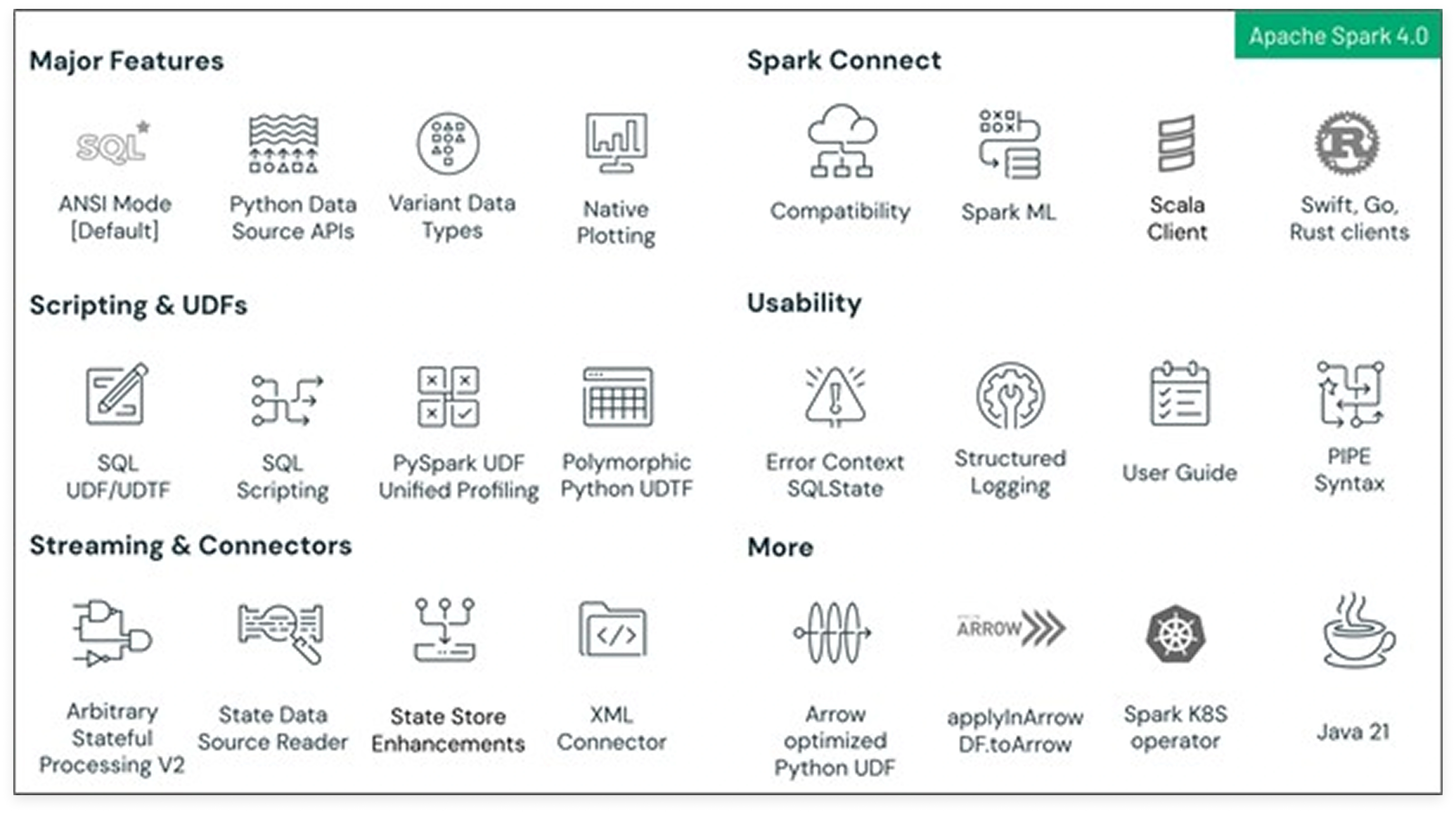
Theme 3: The Governance Backbone: Openness and Unity
For years, high-powered data tools have been the domain of specialists. Databricks is aggressively tearing down those walls.
• True Interoperability with Apache Iceberg Support.
The biggest news here is the deep, native support for Apache Iceberg. This isn't a superficial add-on; it is about true unification. Now, you can:
Manage Iceberg and Delta Lake tables side-by-side in Unity Catalog.
Benefit from Predictive Optimisation (including Liquid Clustering) on Managed Iceberg Tables for better performance.
Use the Iceberg REST Catalog APIs to allow any external engine to write to Iceberg tables governed by Unity.
• For the Business User: Databricks One.
Most business users don't want to write code. Databricks One is the new front door for them. A simplified, secure interface to access curated insights and AI tools without needing to understand the complex plumbing underneath. This will be available under a new "consumer access" entitlement, making it easy for organisations to roll out. We see this as a critical step in bridging the final gap between powerful data analytics and day-to-day business decisions.
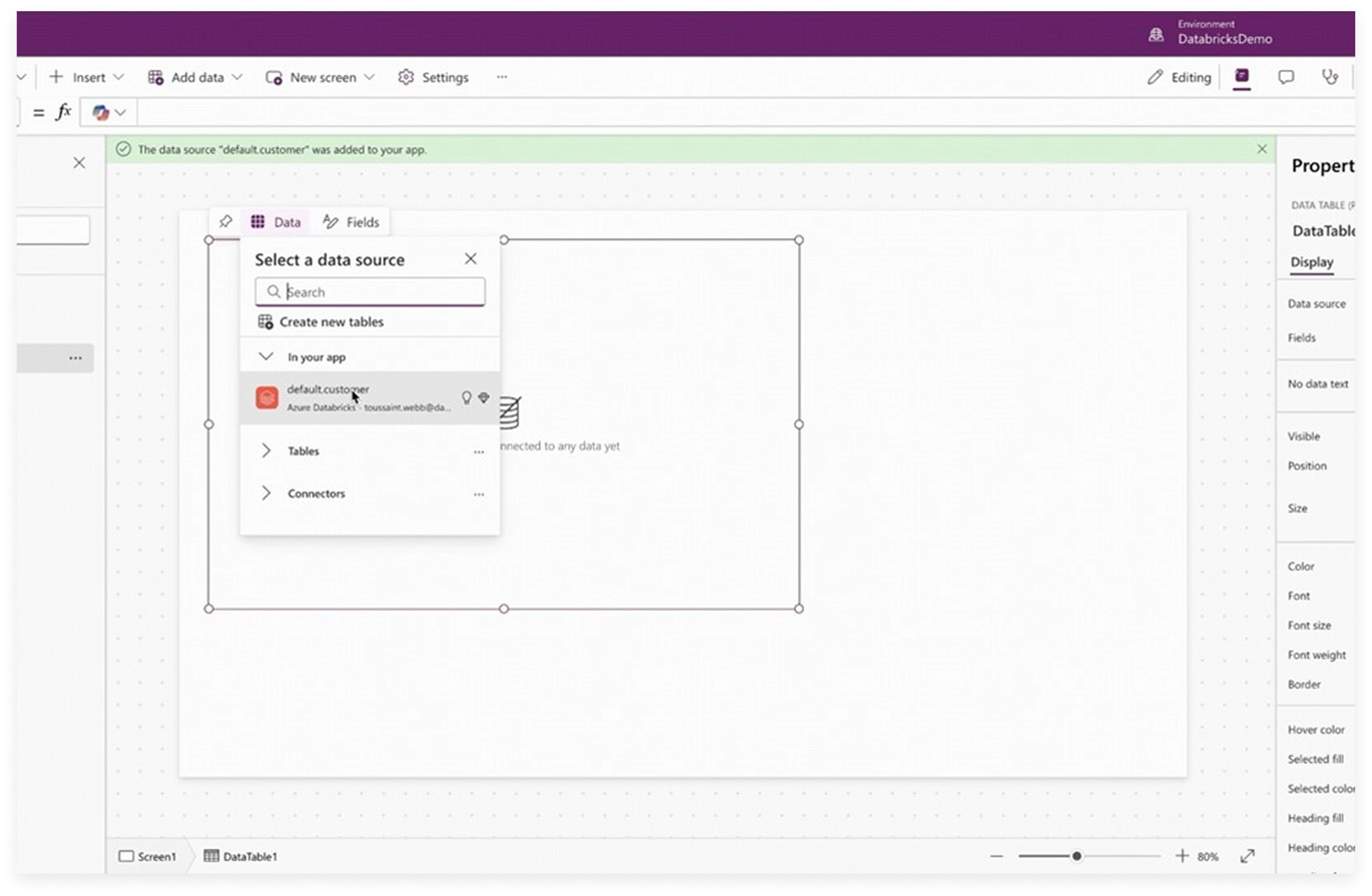
Figure 5: Creating workflows that execute SQL commands against your data in Azure Databricks in Power Automate (screenshot courtesy of Databricks)
Theme 4: The Two-Pronged Attack on Data Silos
A unified platform is less useful if your data is locked away elsewhere. Databricks announced a powerful, two-pronged strategy to address this, both governed by the central Unity Catalog.
1. The "Coexist" Strategy: Query Data In Place with Lakehouse Federation (announced in 2023).
For data that needs to stay put in existing systems, Lakehouse Federation is the answer. It allows you to discover, query, and govern data living in external sources like MySQL, Postgres, Redshift, and Snowflake without moving or copying it. Your teams can now run a single query that joins a massive Delta table with a live operational table in a production database, all under a single governance model.
2. The "Consolidate" Strategy: Migrate Data with Lakebridge.
But what if you are ready to move off those legacy systems for good? This is where the newly announced Lakebridge (from the Bladebridge acquisition) comes in. As the name implies, it is a bridge to the Lakehouse. It is a free and open data migration tool designed to dramatically simplify and accelerate the migration from traditional data warehouses. This command-line tool can connect to sources like Oracle, Teradata, Redshift, or Snowflake and help translate schema (DDL), data, and even stored procedures. Celebal Technologies is a proud launch partner of Lakebridge. For our clients looking to modernise and escape expensive legacy licenses, Lakebridge forms the basis to remove a major roadblock. Within Celebal Technologies, it augments our internal tooling, namely CT Visa, a Databricks-approved accelerator for migrations.
This dual approach gives organisations ultimate flexibility: query data where it lives, or easily move it to the Lakehouse to unlock the full benefits of the platform.
A Proud Moment for Celebal Technologies
Beyond the groundbreaking product announcements, the summit was a particularly special event for Celebal Technologies. It is one thing to believe in the power of a platform, but it is another to be recognised for putting it into practice.
Beyond the groundbreaking product announcements, the summit was a particularly special event for Celebal Technologies. It is one thing to believe in the power of a platform, but it is another to be recognised for putting it into practice.
We are incredibly honoured and proud to announce that Celebal Technologies was recognised with two prestigious accolades: the 2025 Databricks Energy & Utilities Partner of the Year and the 2025 Databricks APJ Partner of the Year.
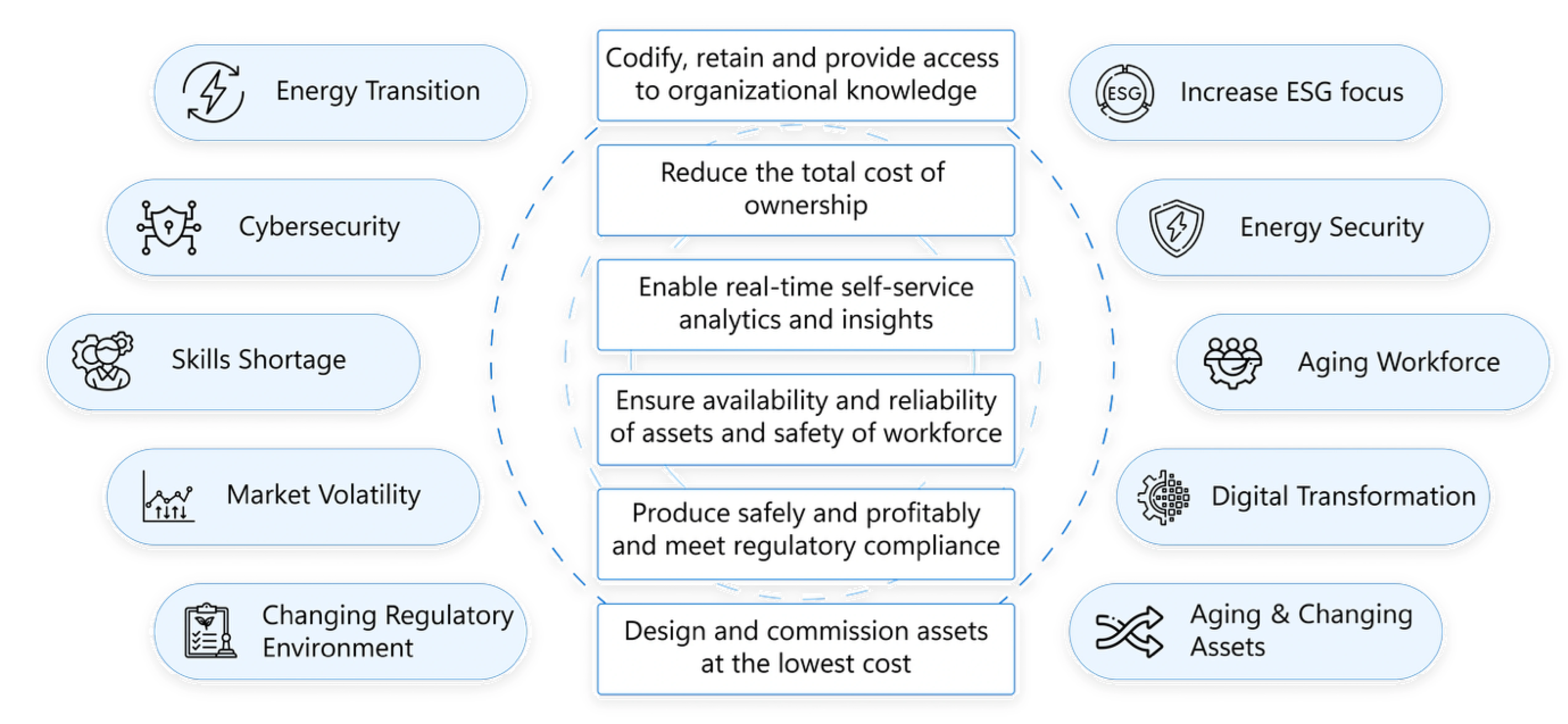
Figure 6: Celebal Technologies is committed to solving data & AI challenges in Energy, Utilities, Renewables and across every industry vertical.
For us, these awards are a testament to our team's deep expertise and unwavering commitment to leveraging the Databricks Data Intelligence Platform to solve real-world challenges. This recognition validates the very principles we have discussed. A unified platform is the key to unlocking transformative value, whether in a specialised sector like Energy & Utilities or across the various horizontals globally.

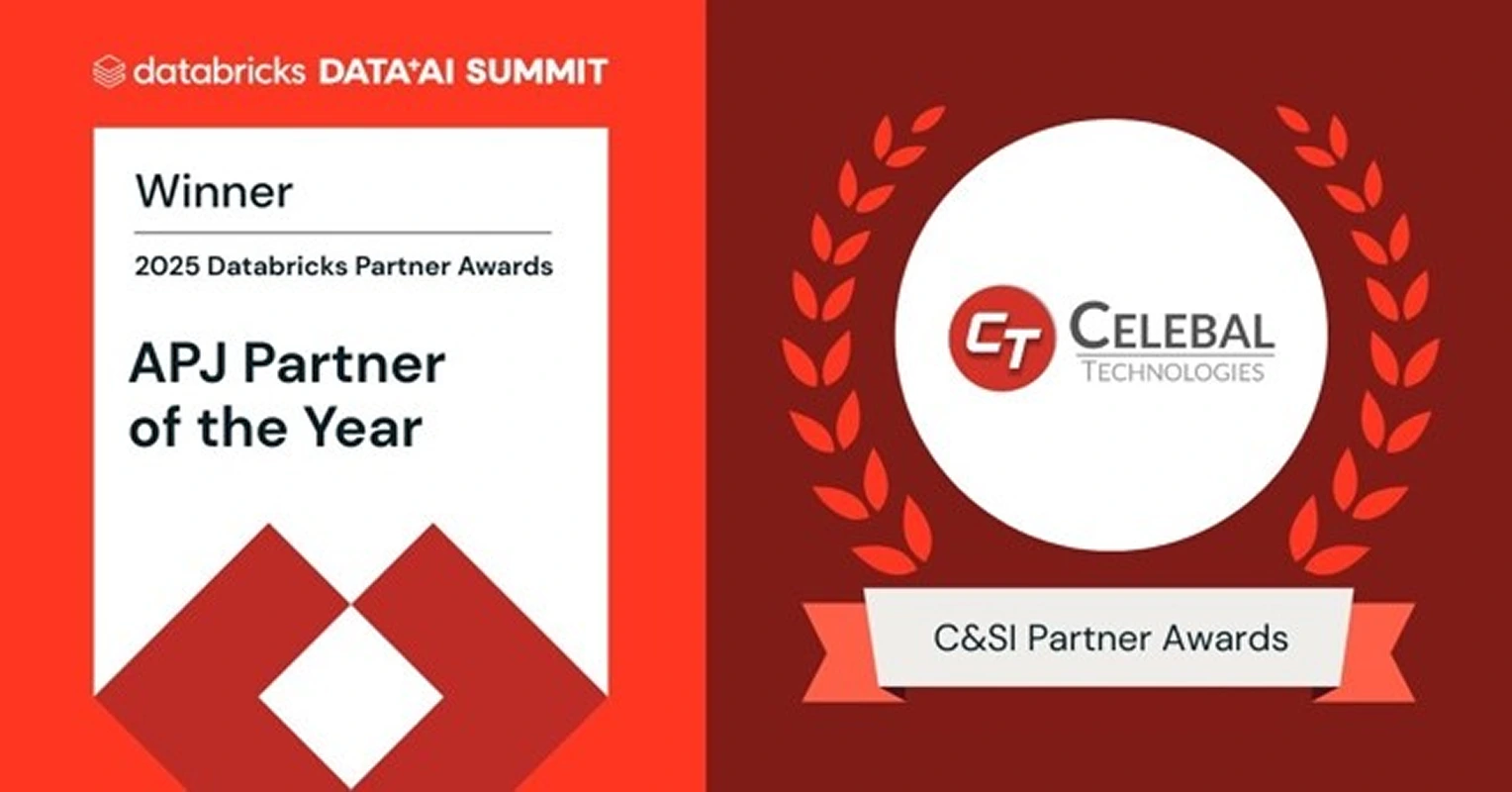
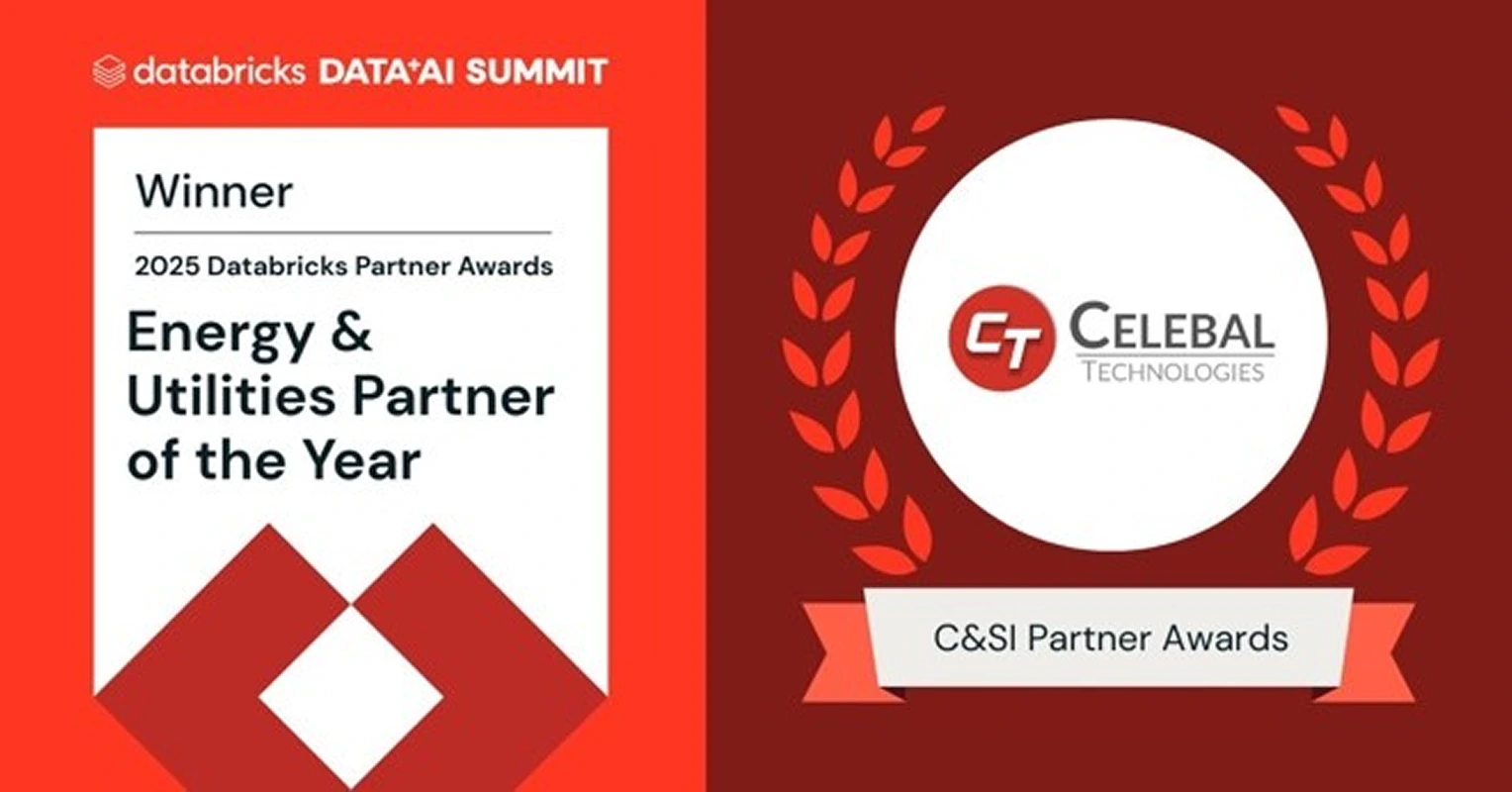
Figure 7: Celebal Technologies at the DAIS 2025 Awards ceremony.
The Road Ahead
DAIS 2025 laid out a bold declaration of a new, unified future. For the leaders and practitioners we partner with, this is a clear roadmap to building a more agile, data-driven organisation.
As we begin integrating these new capabilities into our own frameworks and client solutions, we are more excited than ever to help you navigate this new era of data intelligence. The future Databricks is building is one we are proud to create alongside them, and these awards only strengthen our resolve to continue delivering excellence.
Ready to transform data into your competitive advantage?
 Partner with us to design your strategy
Partner with us to design your strategy
 Deploy with confidence on Databricks.
Deploy with confidence on Databricks.
 Lead your industry with intelligence.
Lead your industry with intelligence.
References
1. Beyond Implementation: Driving ROI with a Strategic Data and AI Approach on Databricks, by Bala Amavasai and Frank Tüg.
2. SAP BDC: Unlock the full power of Enterprise Data using Cutting-edge Analytics and AI capabilities on Cloud, by Bala Amavasai, Piyush Gupta & Himanshu Trilokani.
3. AI-Powered Business Apps & Enterprise Performance Management on the Lakehouse: A Unified Approach, by Bala Amavasai, Anupam Gupta & Dael Williamson.
4. Konverto AI Augmented By Databricks Compound AI Systems: Simplifying Generative AI For Businesses





